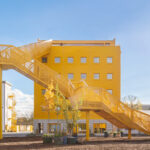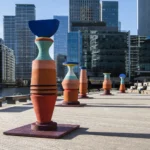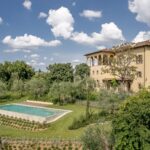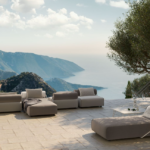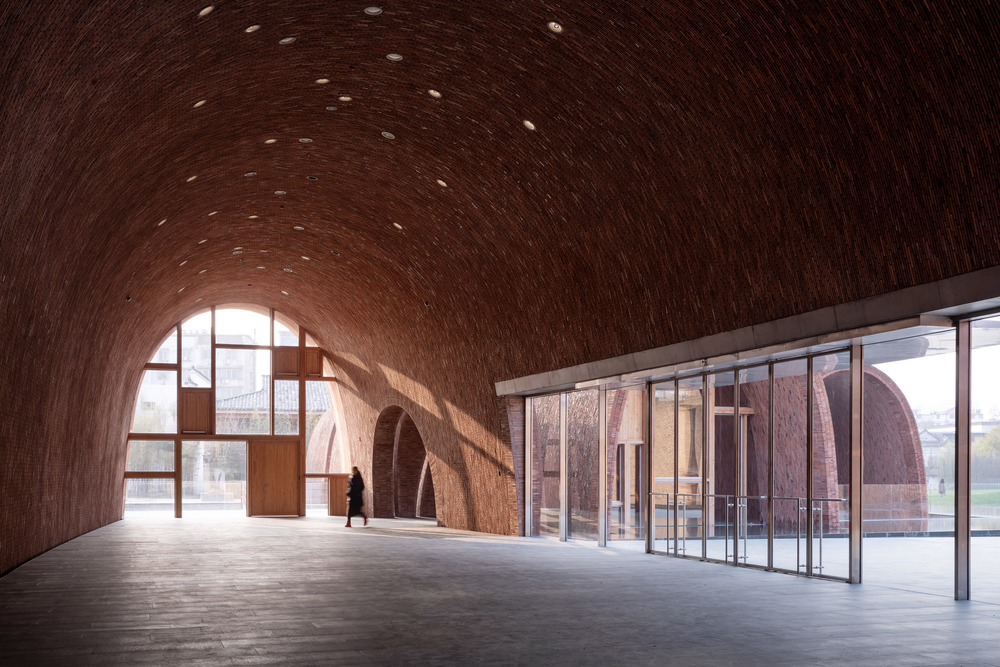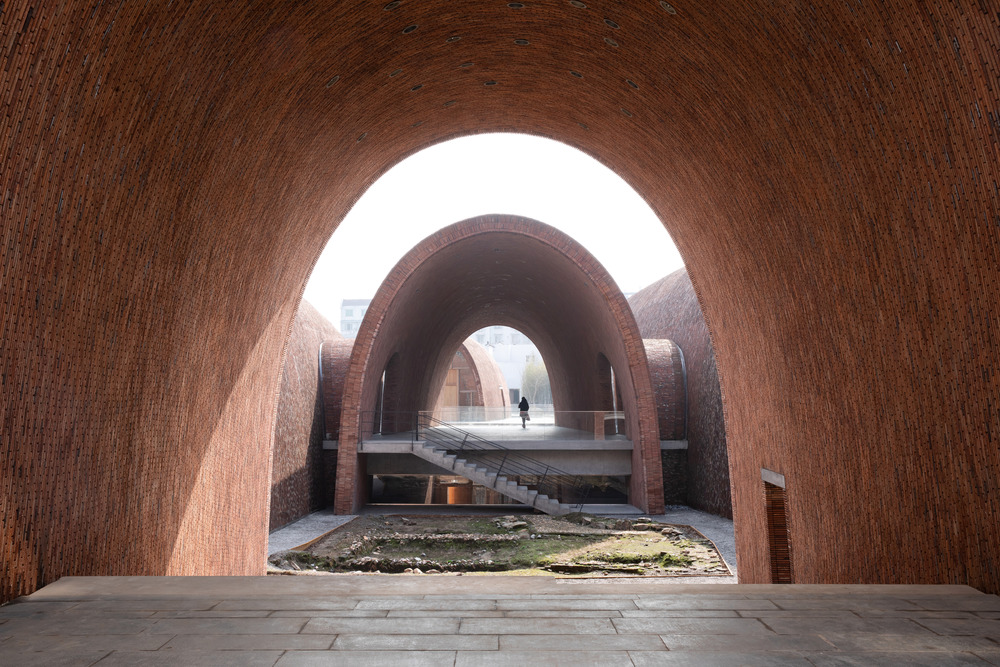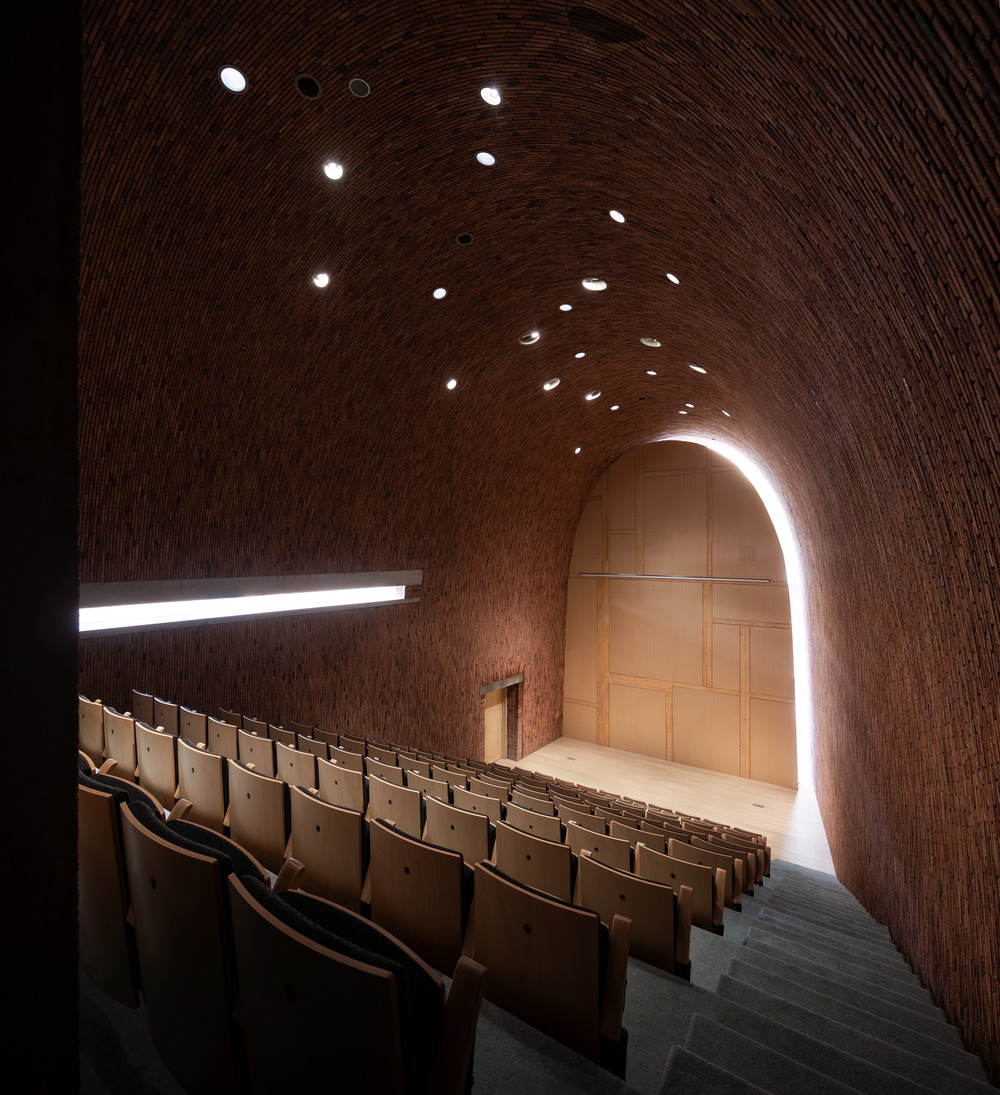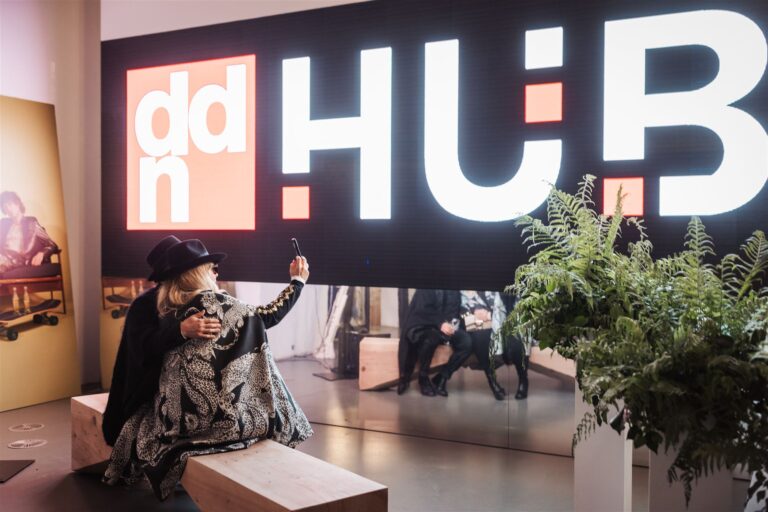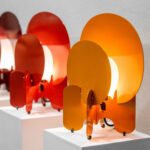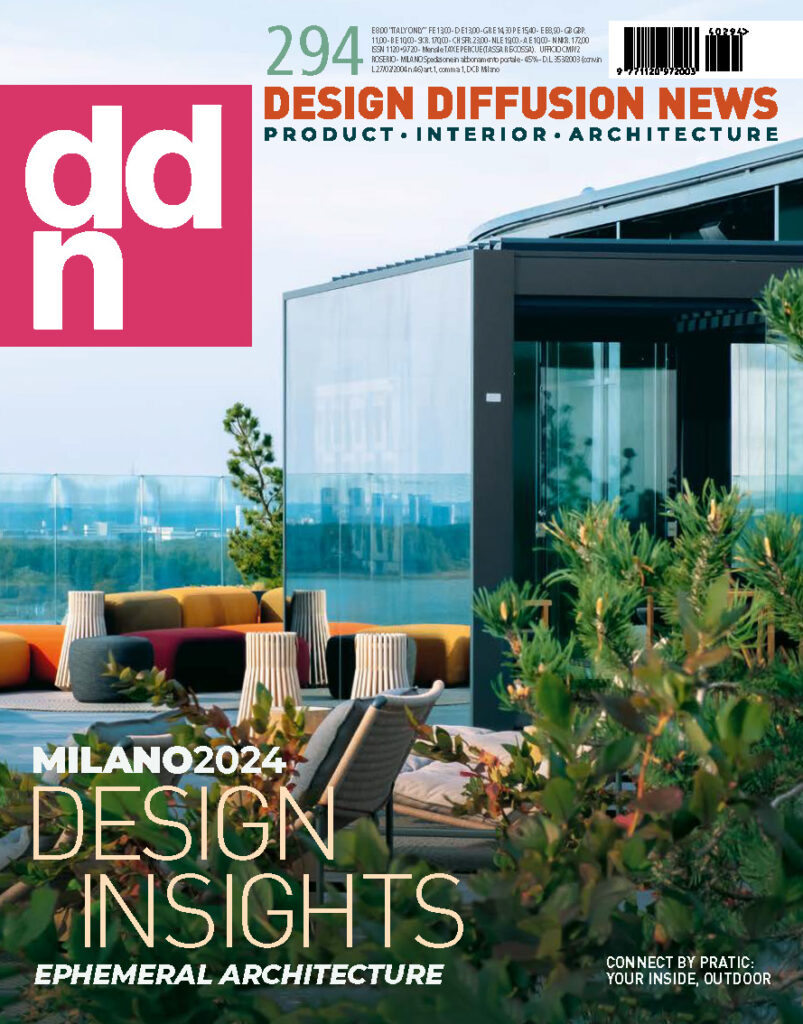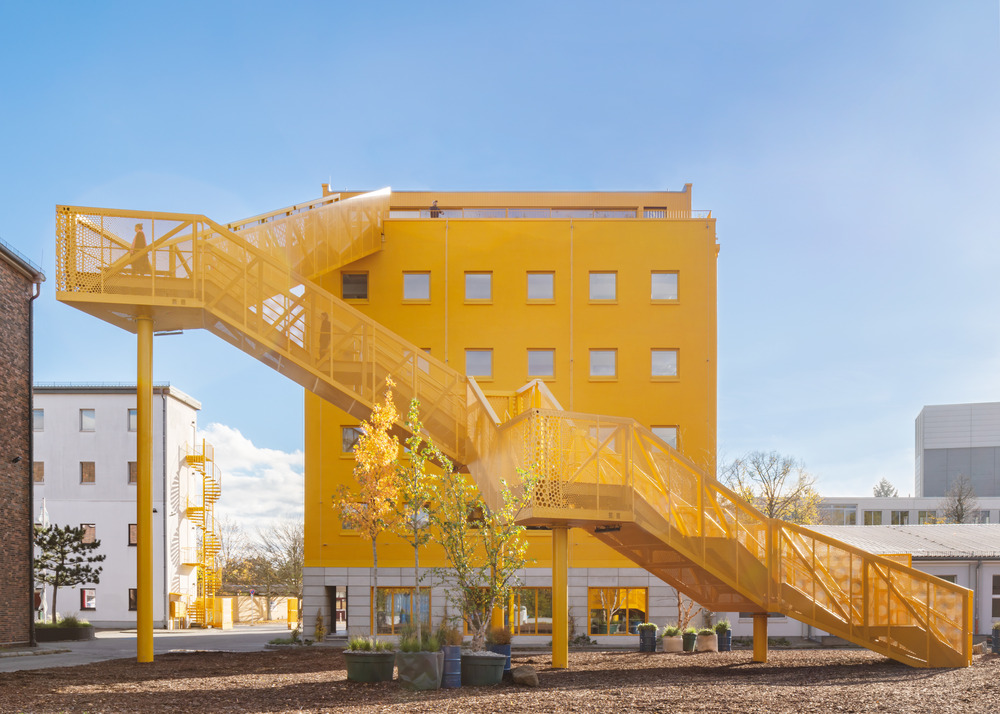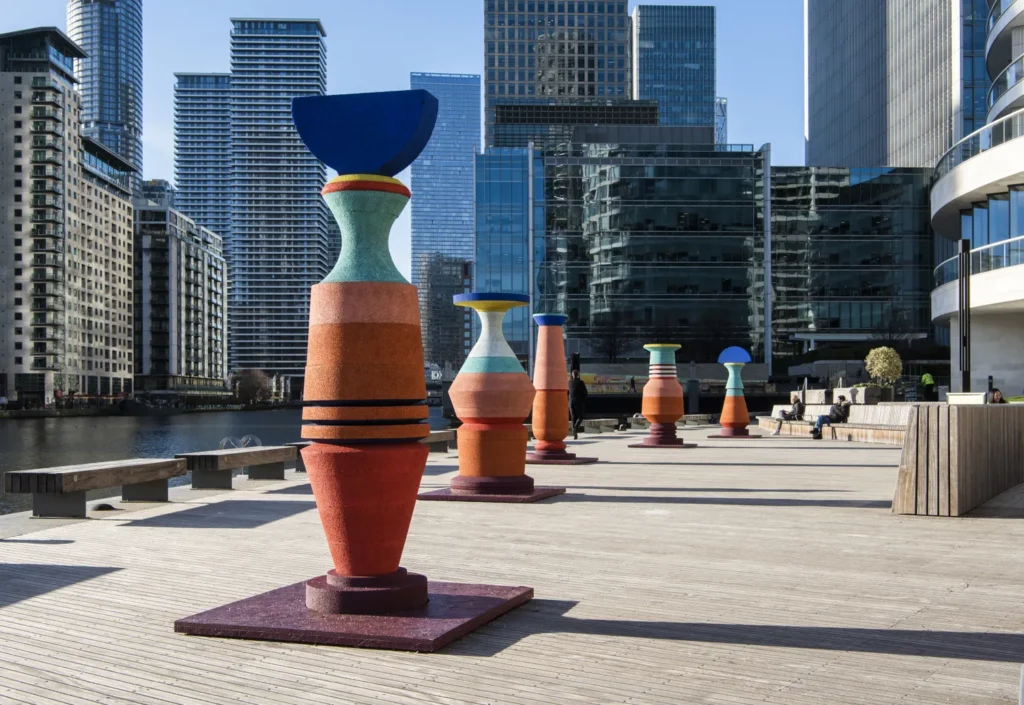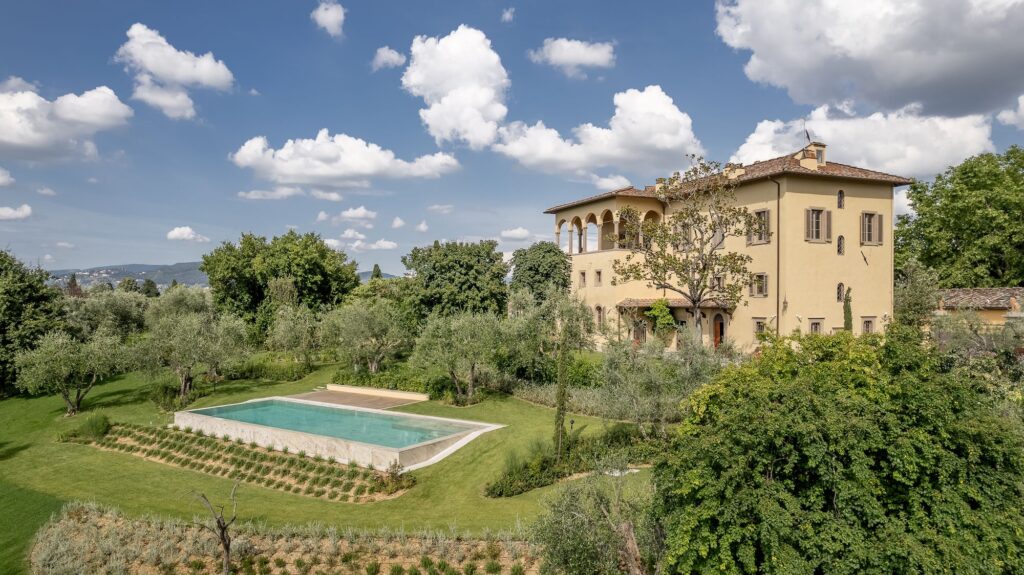Studio Zhu-Pei designed the Imperial Kiln Museum in Jingdezhen, China, whose architecture evokes the origins of the city
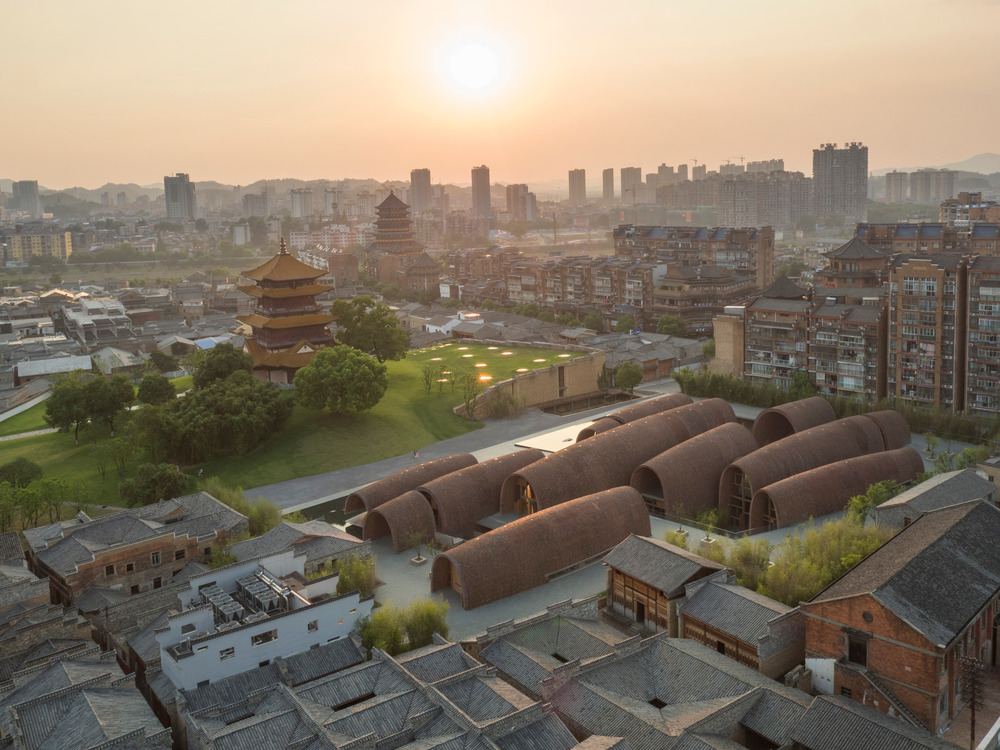
Studio Zhu-Pei is a leading Chinese architectural firms that carries out cultural projects with a strong historical value. One of its latest achievements is the Jingdezehn Imperial Kiln Museum, whose architectural structure is inspired by ancient local kilns, where they used to produce porcelain.
Jingdezhen, the world’s porcelain capital
The Imperial Kiln Museum is located in the historic area of Jingdezhen, a town in southeast China. Jingdezhen is known worldwide as the “porcelain capital“, where ceramics have been produced for over 1,700 years. The early settlements of the city developed around kiln complexes and pottery workshops.
The Imperial Kiln Museum, an example of archaeological architecture
The museum covers a surface area of 10,370 square meters and comprises more than half a dozen brick vaults, modeled on the traditional shape of local ovens, each with different size, curvature and length. Its structure features a series of public spaces at street level, which provide shelter from sun and rain.
Inside the building, under the road surface, there are five courtyards, associated with different themes: gold, wood, water, fire and soil. In addition to reflecting some symbols of ancient Chinese culture, these elements are associated with porcelain making techniques.
The sunken courtyards help illuminate the interior spaces of the structure in a natural way. Natural light during the day and artificial light at night are also guaranteed by the presence of cylindrical skylights on the upper part of the arches, whose shape recalls that of the smoke holes of the ancient furnaces.
The bricks of the ancient local kilns reused to build the Imperial Kiln Museum
The Imperial Kiln Museum was partly built with recycled bricks from old furnaces. This design choice is a reference to the local culture. In Jingdezhen, new buildings are built using the bricks of demolished kilns. Every two or three years, kilns are demolished and rebuilt because the thermal performance of bricks get worse over time, affecting the performance of kilns.
The museum houses some historical ruins of old kilns, discovered during its construction. It also hosts an auditorium, a bookstore, a café and a tea room. People visiting Imperial Kiln Museum embark on a sensory journey to discover the origins of Jingdezhen, its kilns and pottery, which turn it into a true contemporary archaeological find.
Below, other pictures of the Imperial Kiln Museum by Studio Zhu-Pei

